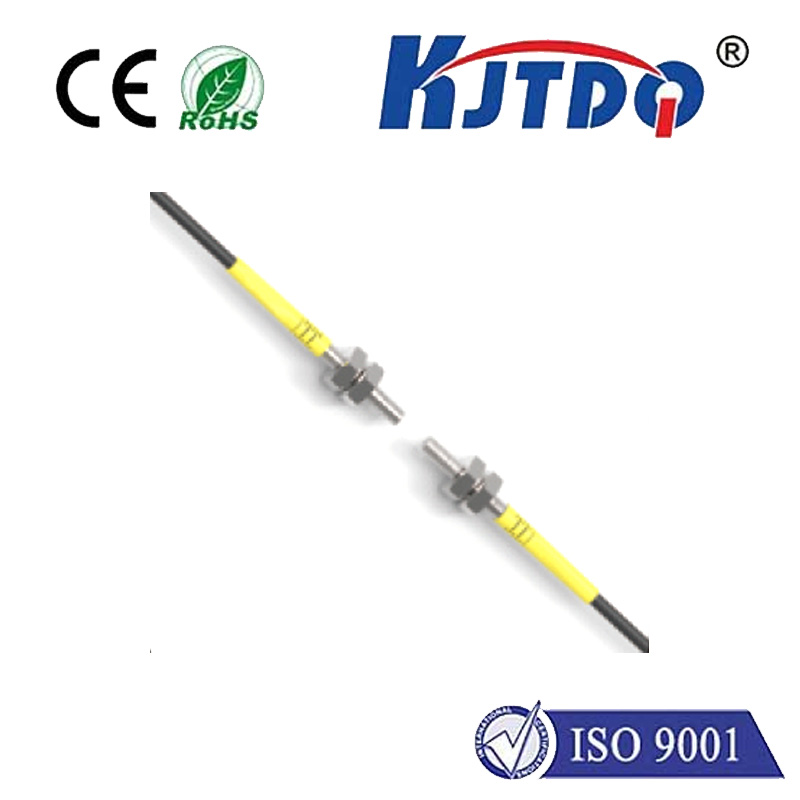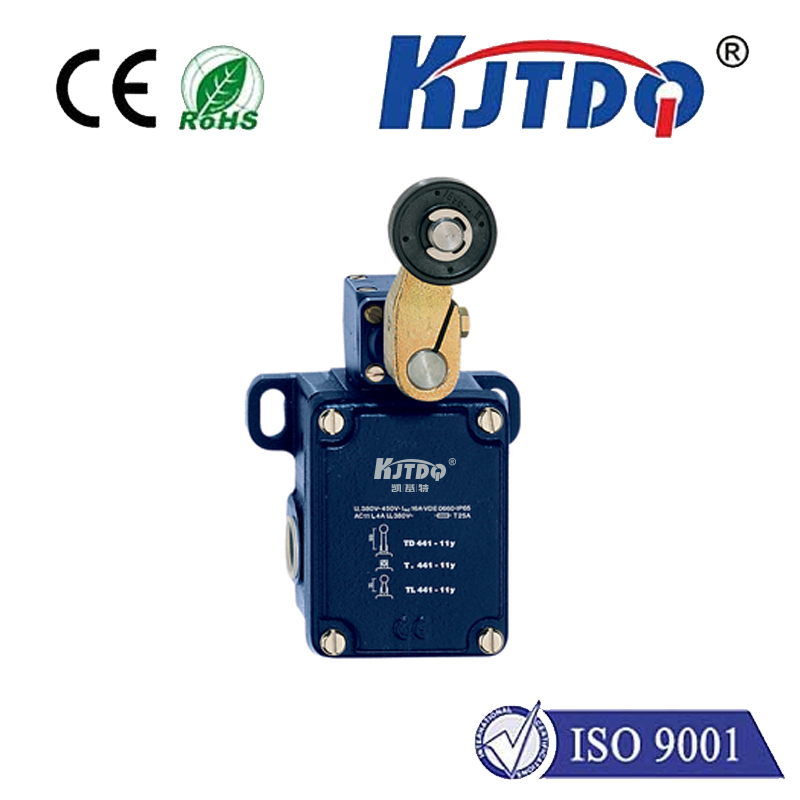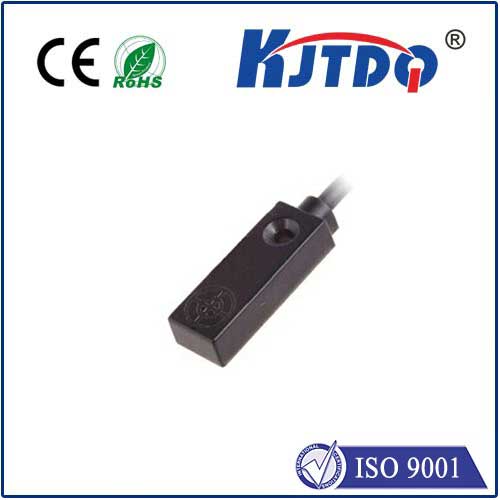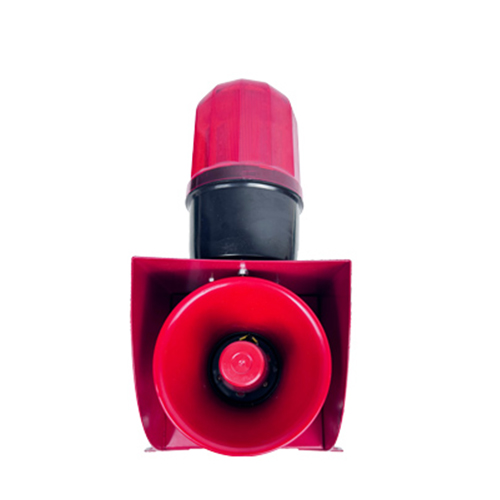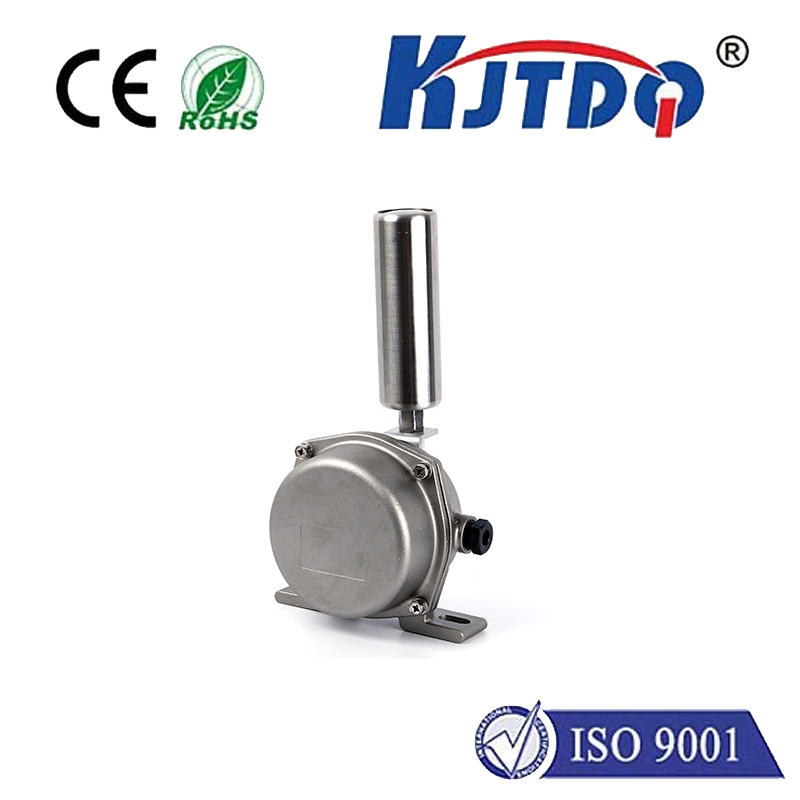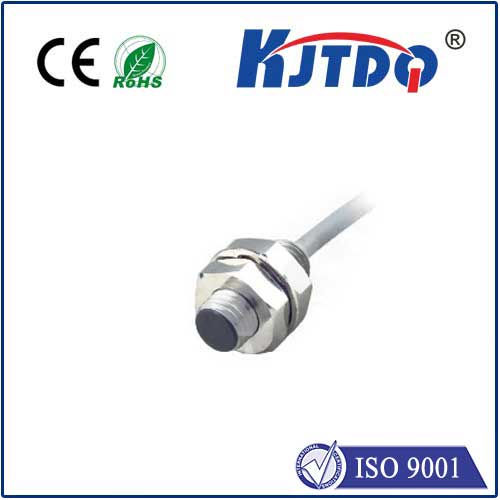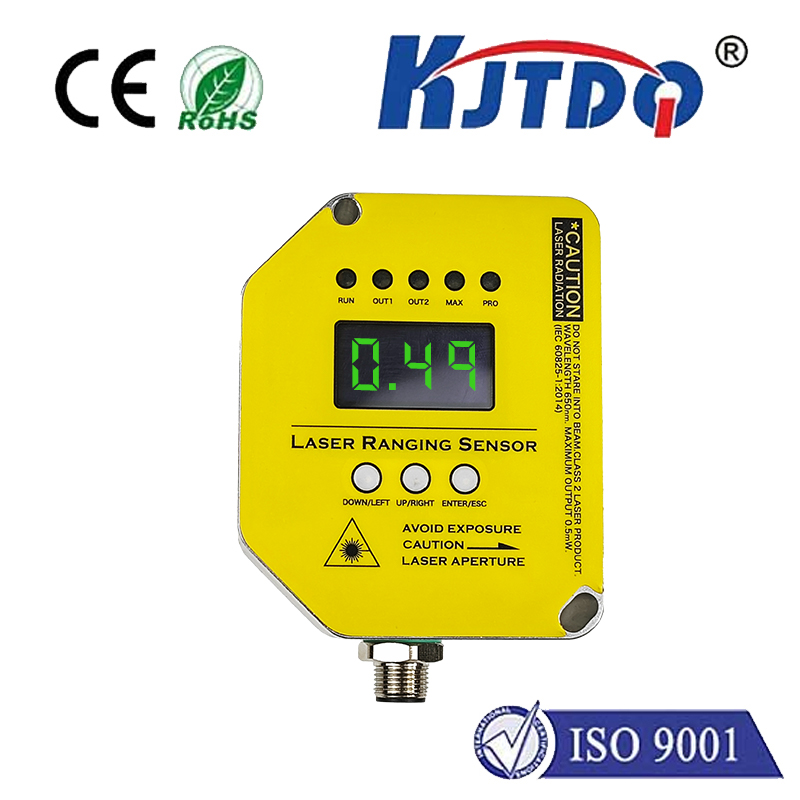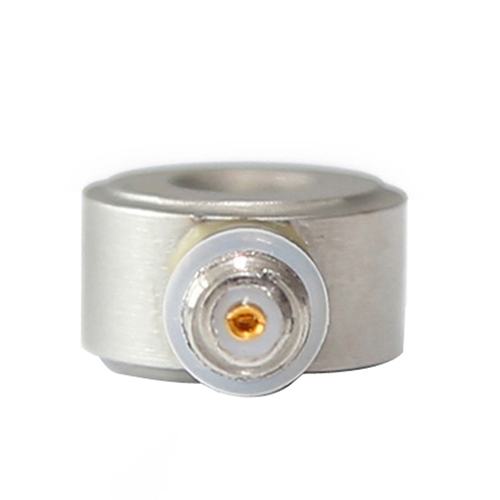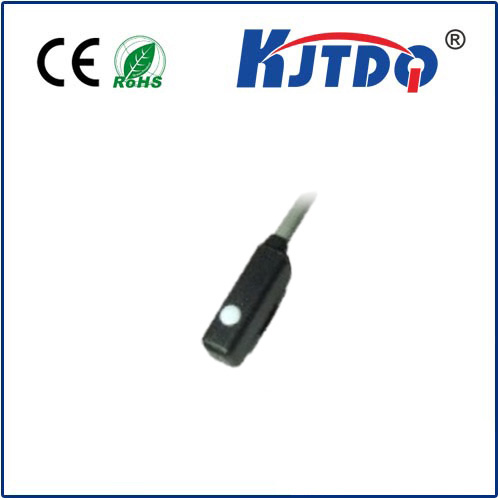proximity sensor with led indicator
- time:2025-06-17 01:39:49
- Click:0
Red Light, Green Light: How Proximity Sensors with LED Indicators Revolutionize Industrial Safety
Imagine a bustling factory floor: robots arm whirling, conveyor belts humming, automated carts darting between workstations. In this symphony of high-speed precision, one momentary misstep, one unexpected human intrusion, could lead to catastrophe. The cost of such incidents – human injury, damaged equipment, costly downtime – is immense. This is where the unassuming yet critical proximity sensor with LED indicator steps onto the stage, transforming potential chaos into orchestrated safety. More than just detecting objects, this duo provides instantaneous visual feedback, becoming an indispensable guardian in modern industrial automation, manufacturing processes, and even everyday devices.
The Core Duo: Sensing the Unseen and Shining a Light on Status
At its heart, a proximity sensor is a non-contact detection marvel. It uses electromagnetic fields, infrared light, ultrasonic waves, or capacitive effects to sense the presence or absence of an object within its specified range, without needing physical touch. Common types include:
- Inductive Sensors: Detect metallic objects reliably.
- Capacitive Sensors: Detect metallic and non-metallic objects (liquids, plastics, wood).
- Photoelectric Sensors: Use light beams to detect objects often at longer ranges.
- Ultrasonic Sensors: Detect objects using sound waves, effective in challenging environments (dust, fog).
The crucial enhancement comes with the integrated or paired LED indicator. This small light is far more than decorative; it’s a vital communication channel.

Why the LED Indicator is Indispensable: Beyond Simple Detection
Integrating an LED with a proximity sensor elevates the component from a silent sentry to an active communicator. Here’s why it’s crucial:
- Immediate, Intuitive Status Feedback: The LED provides instantaneous visual confirmation of the sensor’s state. A steady or blinking light typically signifies target detection (
ON or CLOSED state), while no light usually indicates no target present (OFF or OPEN state). This allows operators, technicians, and engineers to understand device status at a glance, across distances and noisy environments. Knowing instantly if and where a sensor detects an object is fundamental for troubleshooting and safety verification.
- Enhanced Diagnostics & Setup: Proximity sensor setup often requires precise positioning. The LED turns this potentially complex task into a visual exercise. During installation or alignment, technicians can watch for the LED illumination as they move the sensor relative to the target, ensuring accurate positioning for optimal sensing range and reliability. This visual feedback significantly speeds up commissioning and reduces errors.
- Rapid Troubleshooting: When a machine malfunctions, time is critical. The LED indicator is often the first point of diagnosis. If a sensor should be detecting an object but its LED isn’t lit, it points directly to a potential issue: misalignment, object out of spec, wiring fault, sensor failure, or power loss. Conversely, a constantly lit LED when no target is present also signals a problem. This immediate visual cue dramatically reduces machine downtime.
- Improved Safety Awareness: In safety-critical zones, such as robotic cells or automated guided vehicle (AGV) paths, the LED provides a secondary, highly visible indication of machine state or hazard zones. If sensors detecting personnel entry are active, associated warning LEDs can illuminate vividly, alerting others nearby to the potential danger zone even before audible alarms are fully processed. This visual layer enhances overall situational awareness.
- Confirmation of Operation: Especially in complex systems or poorly lit areas, the LED offers constant reassurance that the sensor itself is powered and functioning correctly. Without it, a failed sensor might go unnoticed until it causes a process failure or, worse, a safety incident. The glowing LED is a simple heartbeat monitor for the sensor.
Industry Applications: Where the Sensor-LED Duo Shines
The combination of reliable object detection and clear visual feedback makes sensors with integrated LEDs ubiquitous:
- Robotics & Automation: Ensuring grippers detect parts accurately before closing, confirming safety mats or light curtains are unobstructed (crucial for human-robot collaboration zones), detecting end-of-arm tooling positions. The LED allows quick visual checks during changeovers or pauses.
- Conveyor Systems: Monitoring product presence or absence at critical points (filling stations, sorting gates, packing lines), detecting jams, confirming part orientation. Operators can easily scan the line and see potential blockages signaled by the LEDs.
- Material Handling: Verifying pallet positioning, detecting bin levels (capacitive sensors with LEDs are excellent here), confirming AGV dock positions, ensuring safe door operation on automated storage systems. LED status is vital for smooth logistics.
- Assembly Lines: Ensuring components are present before assembly steps proceed, confirming jig/clamp closure, detecting actuator end positions. Prevents costly errors by providing visual process confirmation.
- Machine Tooling: Tool breakage detection, door interlock sensing for operator safety (*LED confirms door is safely closed before spindle start*), workpiece presence verification. Safety interlocks with clear LED status are non-negotiable.
- Packaging Machinery: Detecting film/carton presence, registering labels, confirming cap placements, verifying case sealing. High-speed operation demands reliable sensors with clear status indicators to maintain efficiency.
- Building Automation: Elevator door safety sensors, automatic faucets, paper towel dispensers, occupancy sensing for lighting control. LEDs aid maintenance staff in servicing these devices efficiently.
Choosing the Right Proximity Sensor with LED
When selecting, consider:
- Sensing Principle: Choose inductive, capacitive, photoelectric, or ultrasonic based on your target material and environment.
- Sensing Range: Ensure it meets the required distance for reliable detection.
- Output Type: PNP, NPN, NO (Normally Open), NC (Normally Closed) – must match your controller input requirements. Integrated LED indicators typically reflect the switch output status.
- LED Visibility: Consider the mounting location. Some offer bright LEDs visible from the front or sides; others might have specific viewing angle requirements.
- Environmental Rating: Look for IP67, IP69K ratings for dust and water resistance, especially in harsh industrial settings.
- Mounting: Factor in space constraints and required mounting style (flush, non-flush for inductive sensors, brackets).
The Invisible Guardian with a Visible Signal
The proximity sensor with LED indicator is a testament to how simple enhancements deliver profound results. It transforms basic object detection into a comprehensive feedback system. The sensor provides the critical data – “object present” or “object absent.” The LED translates that data instantaneously into a universally understandable visual signal. This dual functionality – silent detection plus bright indication – empowers operators, accelerates maintenance, prevents errors, and, fundamentally, creates a safer, more reliable, and more efficient operational environment. In the complex choreography of modern industry, this small, illuminated component plays a pivotal role, ensuring every movement is seen, understood, and controlled. Its glow is more than just a light; it’s a beacon of clarity and control in an automated world.






